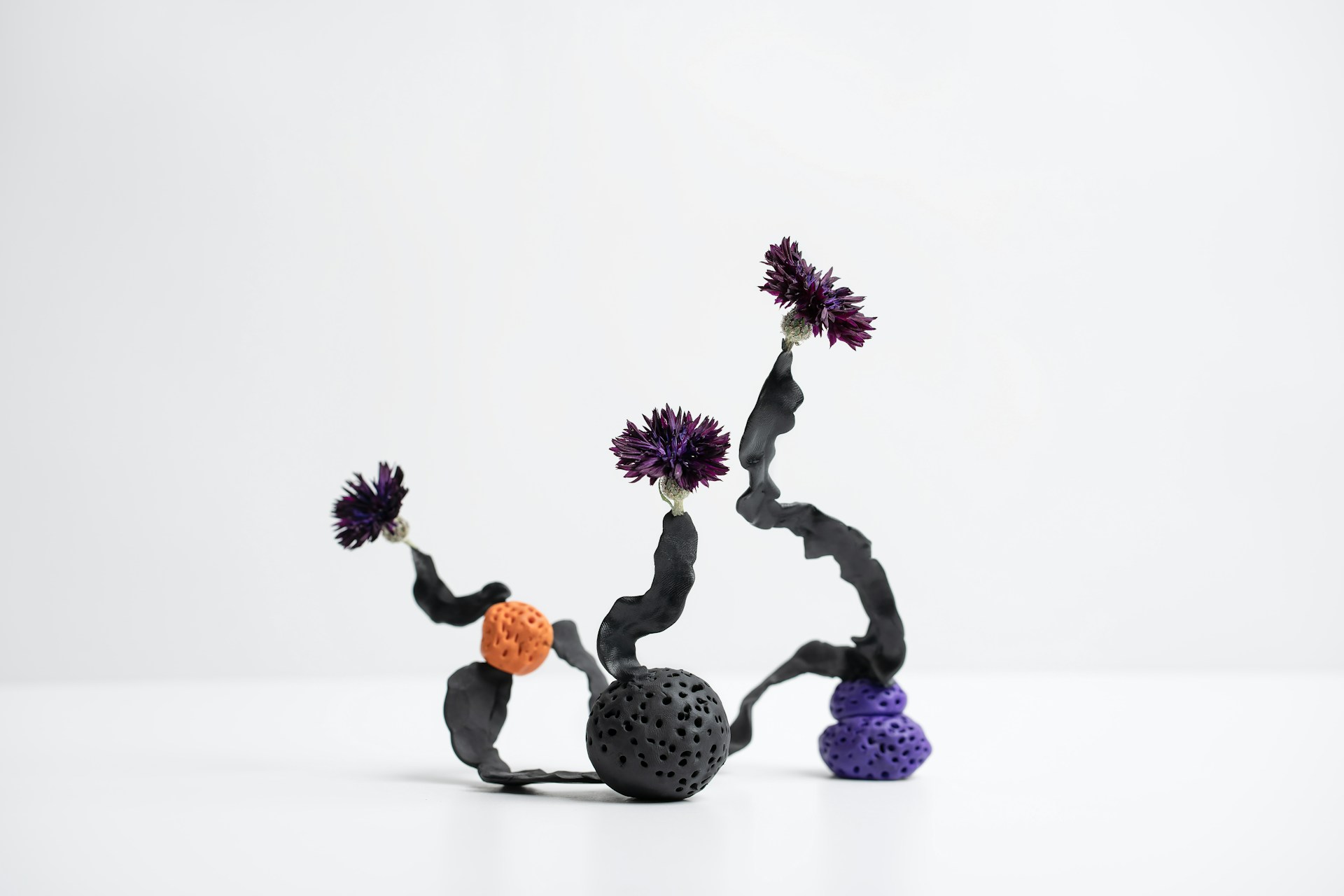Found objects, also known as “objets trouvés,” have intrigued artists for decades, adding a unique dimension to contemporary art. By integrating everyday items into their work, artists can transform the mundane into something extraordinary. This approach not only surprises viewers but also adds layers of meaning and context to a piece. Found objects can be anything from broken toys and discarded metal to fragments of textiles or even natural elements like stones and leaves.
For British artists, the use of found objects holds a special appeal. It offers a way to engage with history, personal memories, and social issues. By using materials with their own stories and past, artists can create works that resonate on multiple levels. The practice also challenges traditional notions of what art can be, allowing artists to break free from conventional materials and techniques.
The use of found objects serves not just an aesthetic purpose but often carries a deeper significance. In a world increasingly concerned with sustainability and waste, incorporating found objects can make a powerful statement about resourcefulness and environmental responsibility. This adds another layer of meaning to the artwork, encouraging viewers to reflect on their own relationship with the objects around them.
The Appeal of Found Objects in Contemporary Art
Found objects bring a fascinating element to contemporary art, captivating both artists and viewers alike. One primary appeal lies in the transformation of everyday items into pieces of art. By recontextualising these objects, artists can challenge our perceptions and encourage us to see the beauty and potential in the mundane. It’s a way to breathe new life into items that otherwise might be overlooked or discarded.
British artists are particularly drawn to using found objects for their historical and cultural resonance. These objects often carry a sense of time and place, imbued with stories and memories that add depth to the artwork. For example, a broken piece of pottery might evoke thoughts of a bygone era, while a rusted metal fragment could symbolise industrial decay. These layers of meaning enrich the viewer’s experience, allowing the art to speak on multiple levels.
Using found objects also allows artists to make art more accessible and relatable. Unlike traditional art materials that can be expensive or difficult to obtain, found objects are often readily available and familiar to both the artist and the audience. This can democratise the art-making process, breaking down barriers between high art and everyday life.
Techniques for Incorporating Found Objects into Art
Incorporating found objects into art requires creativity and skill. There are various techniques artists use to integrate these materials seamlessly into their work. One common method is assemblage, where multiple found objects are combined to create a cohesive piece. Artists might arrange these objects in a specific pattern or juxtapose them in unexpected ways to create visual interest and convey a message.
Another technique is collage, where found materials like paper, fabric, and photographs are layered onto a canvas or other surface. This method allows for a rich textural experience and can imbue the artwork with a sense of history and depth. By layering these elements, artists can create complex narratives and visual stories within a single piece.
Some artists prefer to transform found objects by altering them before incorporating them into their work. This can involve painting, sculpting, or otherwise modifying the objects to better fit the artist’s vision. For example, an artist might paint over an old sign to incorporate it into a larger mural, or they might sculpt a new form out of discarded metal pieces. This transformation can add another layer of meaning, as the original object becomes something entirely new and unique.
Found objects can also be used to create installations, where the artwork occupies a physical space and interacts with the environment. This can involve arranging objects in a specific location to alter how viewers perceive the space around them. These installations often have a strong experiential quality, inviting viewers to engage with the art on a more interactive level.
Thematic Exploration Using Found Objects
Found objects allow artists to delve into diverse themes, giving a voice to social, historical, and personal narratives. One common theme is the passage of time. Objects that show wear and tear, rust, or decay can evoke a sense of history and change. They remind us of the transient nature of life and the enduring stories carried by everyday items. These themes can make the artwork resonate deeply with viewers, connecting them to a shared human experience.
Cultural and political commentary is another significant theme. Artists use found objects to address issues like consumerism, waste, and environmental impact. For example, incorporating discarded plastic bottles into an artwork can highlight the problem of pollution and our disposable culture. Such art becomes a form of activism, provoking thought and discussion about pressing societal issues.
Personal identity and memory are also rich areas for exploration. Artists might use objects that have personal significance or family history. These items can tell intimate stories and evoke emotional responses. Through the use of familiar objects, artists can create a sense of nostalgia or reclaim lost histories, making their work more profound and relatable.
Environmental and Ethical Considerations
Creating art with found objects raises important environmental and ethical questions. One of the key benefits is the promotion of sustainability. By repurposing discarded materials, artists help to reduce waste and encourage recycling. This practice aligns with broader environmental goals and demonstrates that creativity can contribute to sustainability in meaningful ways.
However, the use of found objects also requires careful consideration of their origins and impact. Ethical sourcing is crucial. Artists need to be mindful about where and how they collect their materials. Using objects that have been discarded responsibly is one approach, while scavenging from natural environments should be done with care to avoid ecological damage.
Another important consideration is cultural sensitivity. Found objects might have cultural or historical significance that must be respected. Artists should be aware of the stories and contexts behind the materials they choose, ensuring that their work honors rather than exploits these elements. This awareness helps to create art that is not only innovative but also respectful and responsible.
Artists should also think about the implications of their work on their audience. Found objects can convey powerful messages, and it’s important to consider how these messages are received. Ethical considerations extend to the impact of the artwork on the viewer, aiming to provoke thought and dialogue in a constructive and respectful manner.
Conclusion
Found objects have become a powerful tool in contemporary British art, offering both aesthetic appeal and deeper meaning. By incorporating everyday items into their work, artists create pieces that challenge traditional boundaries, engage with history, and comment on important social issues. Techniques like assemblage, collage, and installation bring these objects to life in new and exciting ways, enriching the artistic landscape.
But with these opportunities come responsibilities. Ethical sourcing and environmental considerations are crucial in making art that not only captivates but also respects its materials and context. Artists have the chance to inspire viewers and address pressing issues through their work, making found objects not just a medium but a message.
To see how modern and contemporary British artists are innovating with found objects, visit White Court Art. Discover artwork that transforms the ordinary into the extraordinary, spotlighting creativity at its finest. Explore our curated collection and find art that speaks to you at White Court Art, a modern British art gallery.

